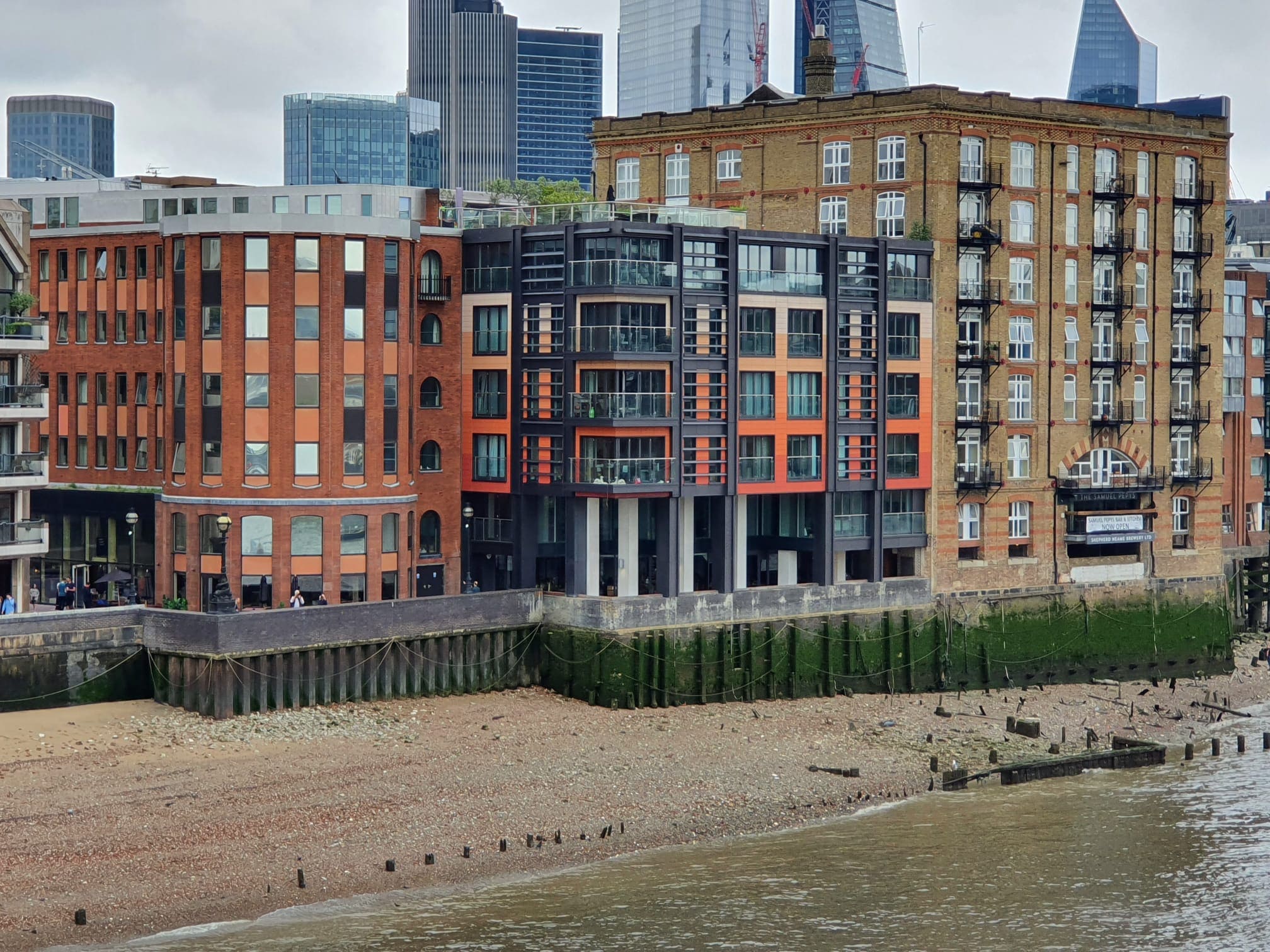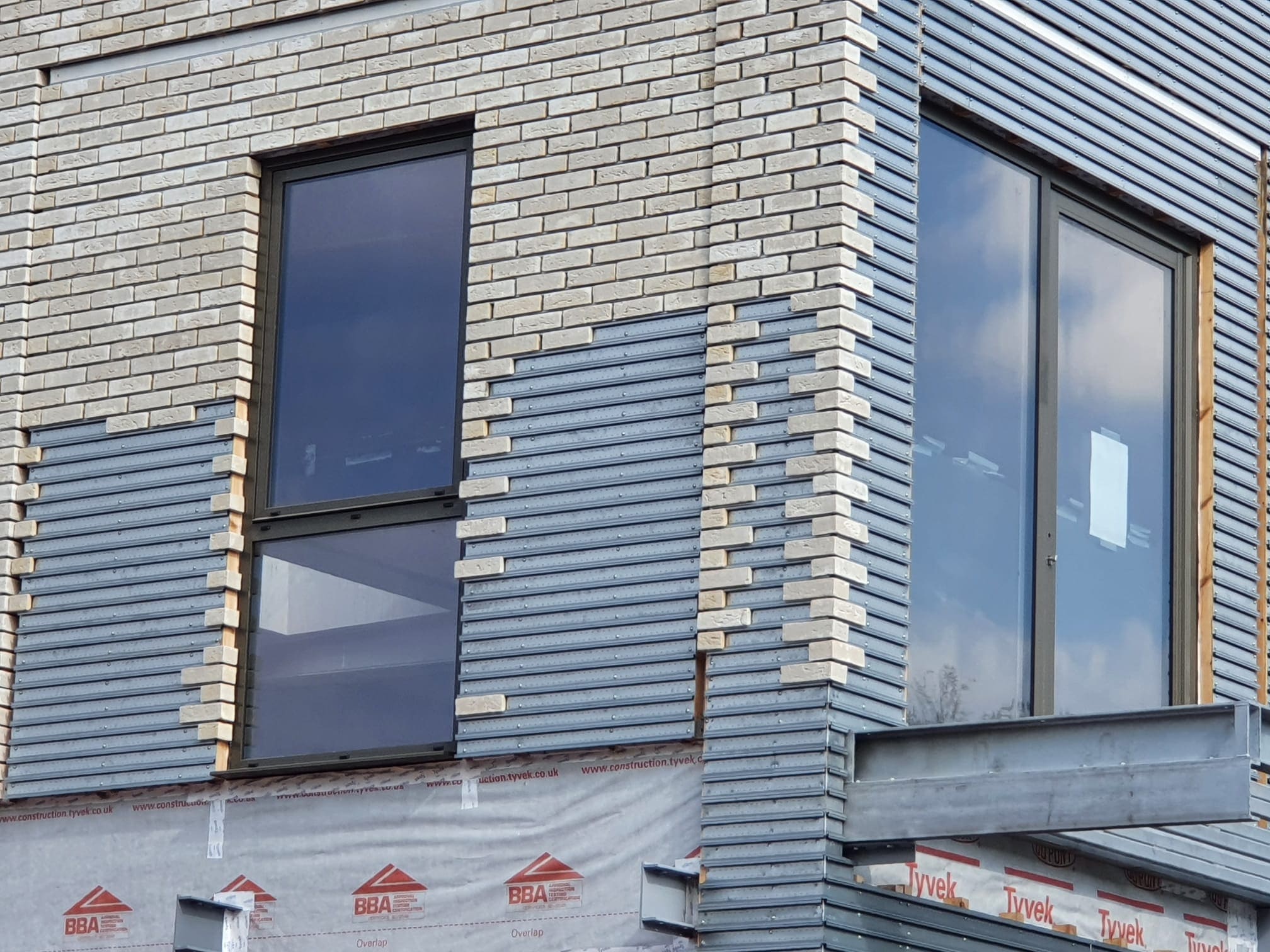05/11/2012
by: Mary-Anne Bowring

Understanding the Bath Waste Leak Issue
A leak from a bath waste area can be problematic for homeowners, especially in residential blocks. The bath waste area refers to the outlet below the bathtub, which can leak and potentially cause water damage to the property below. It is important to understand the root causes of such leaks to address the problem effectively.
Common Causes of a Bath Waste Leak
Several factors can contribute to a leak in the bath waste area. Common causes include missing or misaligned washers, loose bath waste assemblies, and issues with the waste pipe, such as misalignment or inadequate fixings. The improper installation of the bath or the waste pipe can also result in leaks and further complications.
Potential Damage and Risks
Leaks from the bath waste area can lead to significant damage. Water may penetrate the property below, causing dampness and structural issues. In warm, humid environments like under a bath, dry rot is a serious concern that can quickly spread and compromise the building's structure. Service ducts between flats can make the issue harder to trace, as water might travel across multiple properties.
Steps to Diagnose the Leak
To effectively diagnose a bath waste leak, consider several factors such as the flat's floor position, the alignment of bathrooms, and whether a service duct exists. Questions like whether the leak is constant, if there is noticeable dampness, and whether neighbors are experiencing similar issues can help pinpoint the source of the leak and understand the extent of the damage.
How to Address the Leak
If the leak originates from a neighbor's flat, they should be notified immediately to prevent further damage. It is crucial that the neighbor stops using the bath until repairs are made. The occupier is typically responsible for repairing pipes solely used by their flat. In some cases, the freeholder or Management Company may have the right to enter a flat for emergency repairs, with the cost being charged to the flat owner.
Who Is Responsible for the Repairs?
Responsibility for repairing a bath waste leak generally falls to the flat owner where the leak originates. If the issue is confined to a single flat, it is the occupier’s duty to address the repair. However, a lease agreement may allow the freeholder or Management Company to intervene in case of an emergency and charge the cost back to the occupier.
Responsibility for repairing a bath waste leak generally falls to the flat owner where the leak originates. If the issue is confined to a single flat, it is the occupier’s duty to address the repair. However, a lease agreement may allow the freeholder or Management Company to intervene in case of an emergency and charge the cost back to the occupier.
 4548
4548











Keep up to date
(Weekly, fortnightly or monthly)
To find out more what we do with your data, please read our Privacy Policy

 0
0













